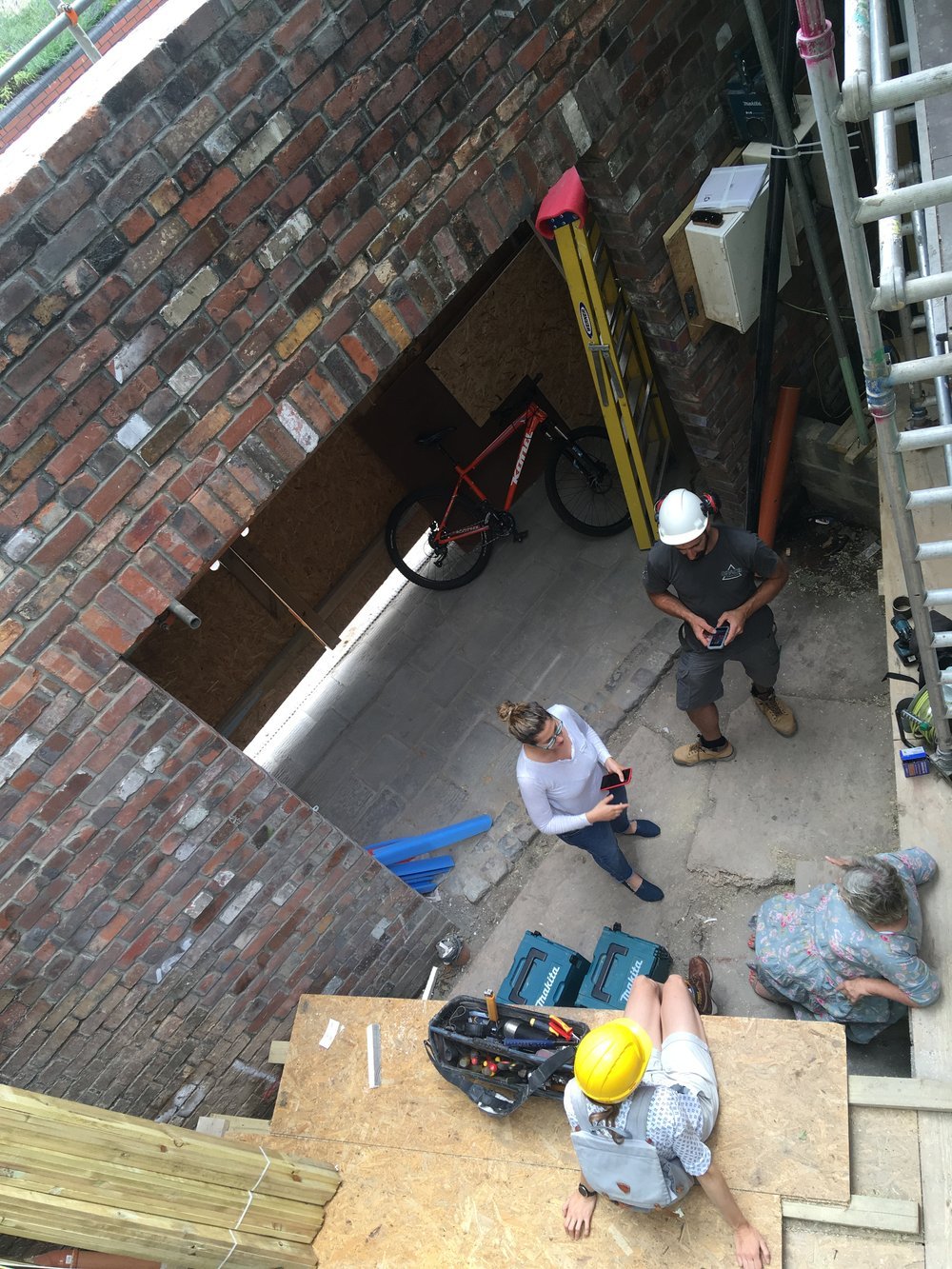Why We Like a 2-Stage Tender Process for Domestic Projects
October 20, 2022
In order for our clients to get good value for money, we generally recommend a competitive tendering process for selecting a contractor. Single-stage or two-stage tender can be used, and the pros and cons of each are explained below. We like two-stage tendering because it’s a collaborative process with the selected contractor where we aim to deliver the best possible outcome for our client. So far we've had good experiences using a two-stage tender process, and we think that it offers significant benefits for addressing most domestic clients’ needs.
Single-Stage Tender
A single stage tender process usually takes place at the end of technical design (RIBA Stage 4). At this point the whole building is designed and specified to a high level of detail which enables the contractors to provide a fixed price for the works. Ideally a specialist cost consultant is appointed during the design stages in order to provide cost advice (involvement of a cost consultant is essential in order to lessen the risk of abortive design work). The single-stage tender process works well when the requirements for the project are very specific, and when the timescale is not tight. Projects tend to take longer because contractors are usually not immediately available to start on site.
Two-Stage Tender
Our experience with domestic clients is that they usually do not have specific requirements for how their project should be built (timber frame or masonry), and that they are happy to go with whichever method will help conclude the project as quickly as possible at the most competitive price. When you factor in the additional charge for a cost consultant's services, a two stage tender can be a good way of addressing all these requirements.
The first stage of a two-stage tender process can take place as early as the end of concept design (RIBA Stage 2), but is often best at the end of Stage 3. We don’t, however, recommend undertaking tender prior to securing planning permission for projects which are uncertain from a planning point of view, as there is significant a risk of abortive work. The information issued to tendering contractors should include a detailed schedule of works, and a set of drawings to scale which are important for taking measurements. The detailed pricing in a schedule of works allows all tender returns to be compared like for like. The information is, however, not usually sufficient for the contractors to offer a fixed price because a number of details are unresolved at this point - but it should be enough to enable them to give the client a good idea of the overall build cost. Based on the first-stage tender returns, a winning contractor is selected who then assists the design team in preparing the final technical design.
Our Thoughts
Having a contractor on board during the technical design phase is beneficial in many ways. As well as being able to offer valuable practical expertise and cost advice, an early involvement enables them to plan their resources so that they are ready to start on site as soon as the technical details are finalised and the second tender stage has taken place.
There is a level of trust involved in this process for both parties. The client is not obliged to proceed with the selected contractor until a building contract is signed at the end of the second tender stage, and by then the contractor will have invested a significant amount of time in the project. We generally propose that a fee is agreed for the contractor's pre-construction services, which is paid in case the client decides not to proceed (usually in the region of £1-2k). While this is entirely optional, it sets a good tone for the future relationship between client and contractor.
On the other hand, the second tender stage isn’t usually competitive and the client risks not getting the best value for money. In order to manage this risk we aim to be as explicit as possible in our first-stage tender schedule of works (which is priced for competitively), as it would be unreasonable for the contractor to increase the price of items which haven't changed. In addition to this, at the point of the second-stage tender, the contractor has already planned their resources and invested time and energy into the project, so it is in their interest to agree on price and proceed.
It is worth noting that there is a level of complexity in every project which is impossible to plan for without the technical design being completed (e.g. more robust foundations may be required once ground investigation has been completed). In our experience, the final build cost tends to increase by 10-20% during the second tender stage.


